Here is our guide for the best coconut flour substitutes. Coconut flour is a delicious, nutritious substitute for regular flour. It’s really popular with people avoiding gluten or looking for an alternative to traditional wheat flour. It has plenty of fiber and it’s packed with nutrients, but as always, there’s a balance to it.
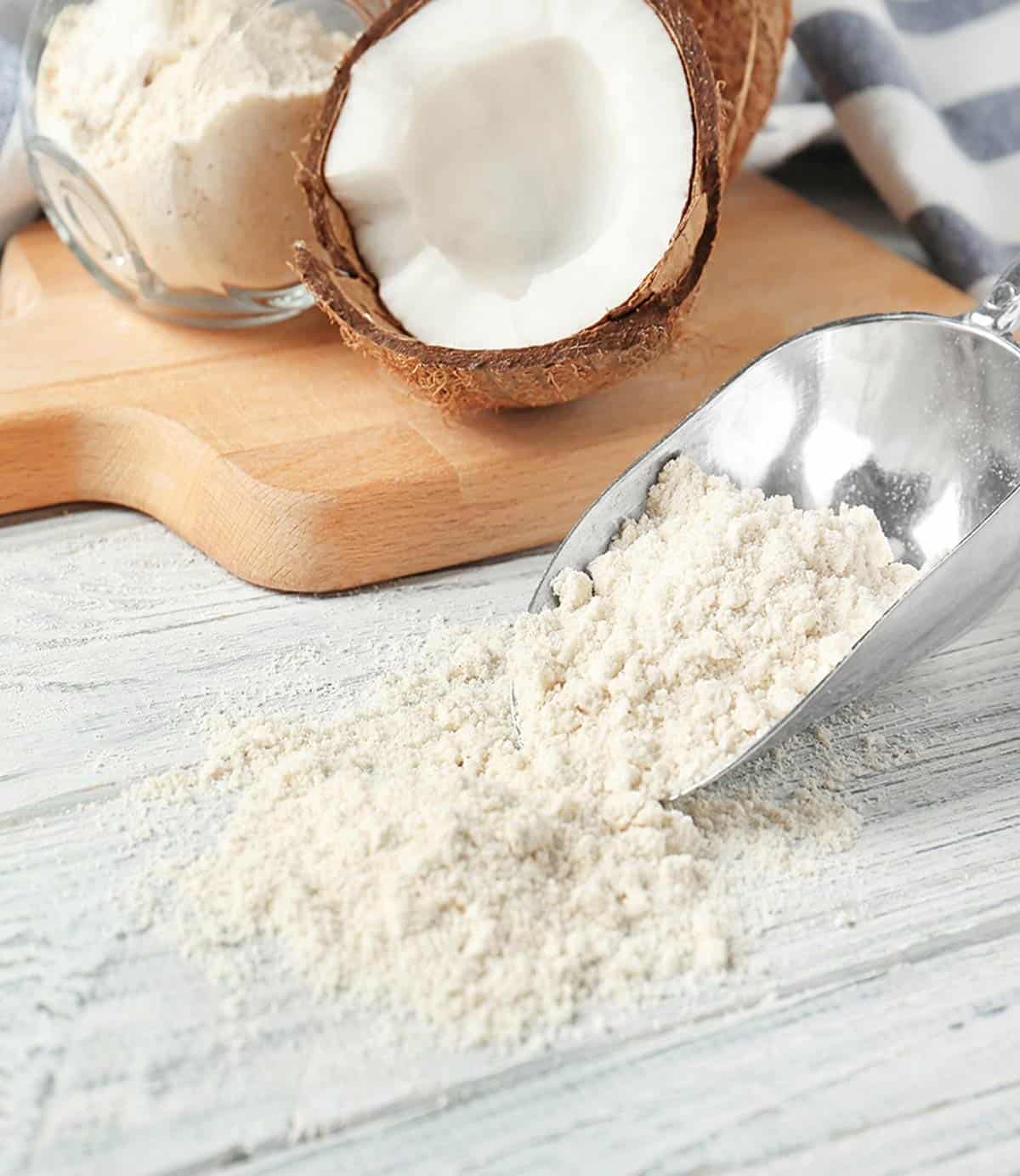
Coconut Flour
Coconut flour often requires you to use more eggs or liquids in your mixtures. It can also be tricky to find at your grocery store as it is not yet a commonly consumed staple in most parts of the world.
What do you do if you want coconut flour, but can’t find any? Fortunately, we’ve put together this awesome list of coconut flour substitutes, including our favorites and why. We strongly recommend almond flour as your number one coconut substitute. However, you would also get great results with cassava flour, soy flour, rice flour, and flax meal.
To understand what makes a flour substitute work, you need to know what it’s useful for any why.
The 5 Best Coconut Flour Substitutes
1.Almond Flour
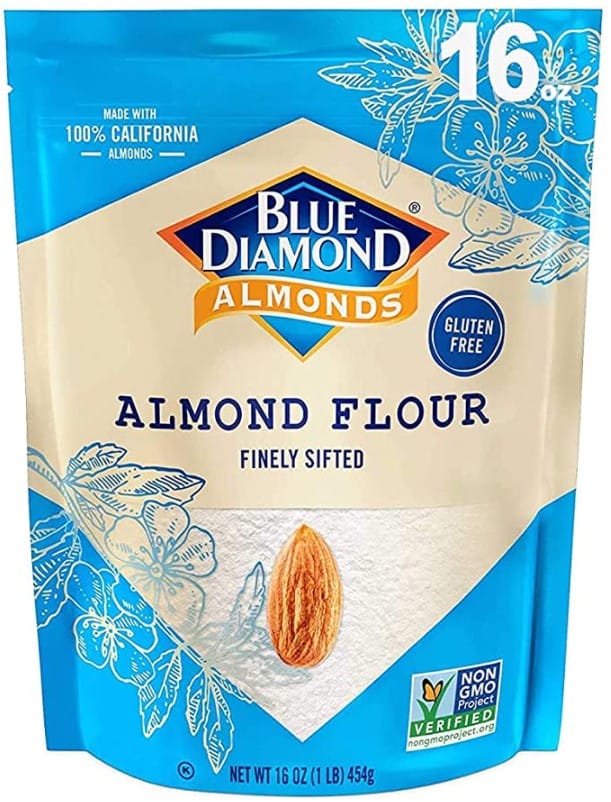
Our best recommendation for a coconut flour is almond flour. Almond flour, made from the almond nut, is absolutely packed with protein, fiber, and Vitamin E. It’s made 100% from finely ground almonds, and is often used in French baking for its delicate texture and sweet flavor.
Almond flour and almond meal are not the same! It is made from ground almonds that still have their skins on. Almond flour, however, is made from blanched, skinned almonds, giving it a finer texture with consistent grain size. Almond meal, on the other hand, is coarser.
Like coconut flour, almond flour is very low in carbohydrates, and it’s gluten free. It has a low glycemic index, too, making it great for diabetics keeping an eye on that sort of thing.
It takes a huge quantity of almonds to make almond flour, however. A single cup of almond flour is equivalent to about ninety almond nuts! Bear this in mind - you’re eating way more almonds than you think you are.
Almond flour is high in omega-6 polyunsaturated fats. A diet too high in these fats can cause some health issues, so be conscious of this when using almond flour. It’s also relatively expensive, which is worth considering if you’re going to buy almond flour for regular use.
Unlike coconut flour, almond flour is not particularly absorbent. Whereas with coconut flour you’re more likely to increase the amount of liquid in the recipe, with almond flour you’ll need to reduce the amount of liquid. You’ll need to use about four times as much almond flour as you would coconut flour.
2.Cassava Flour

Cassava flour is a great option to use as a flour substitute. It is made from yuca, or manioc root.
Cassava flour is actually quite similar to wheat flour in terms of texture, but it’s still free of gluten. Because it lacks gluten, you can quite easily use cassava flour in place of coconut flour when you’re making gluten free recipes.
With a fine, dry texture and neutral flavor, this is a versatile flour that works for both sweet and savory recipes. Cassava flour, like wheat flour, is high in carbohydrates, and if you’re diabetic looking for a low-glycemic index you should avoid cassava flour.
You can use cassava flour as a 1:1 substitute for wheat flour, but for coconut flour you should use about three to four times as much cassava flour as you would coconut flour. Cassava flour is also not as absorbent as coconut flour, so you’ll need to use comparitively more liquid when using it as a substitute.
3.Soy Flour
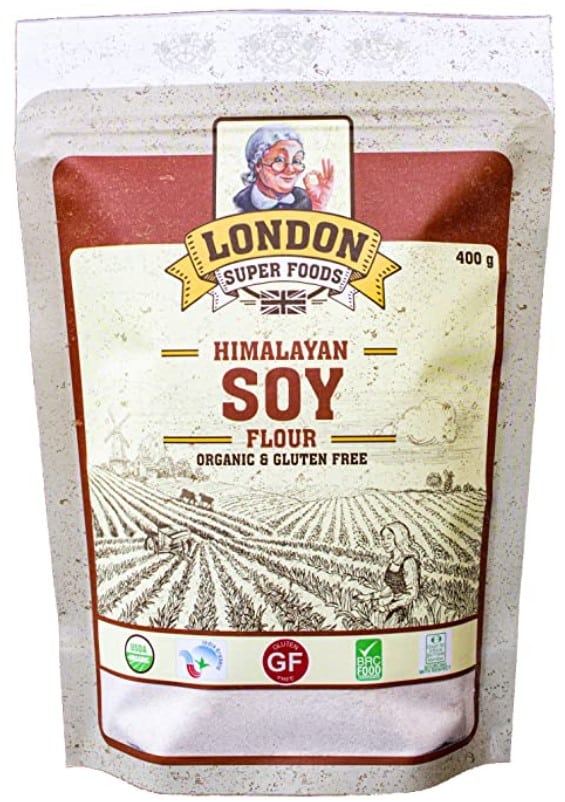
Soy flour, as the name suggests, is made from dried and milled soybean. It’s gluten free and packed with protein, so it’s a great substitute for coconut flour.
Soy flour is much lower in carbohydrates than wheat flour, so it’s good for those on low carb diets.
Soy flour, like most soy products, has a distinctive, noticeable taste. The bean-y flavor of any soy product, like soy milk, will impart into anything you cook with. Some people love this taste, while others don’t. It’s up to you whether you want that distinctive soy taste in your recipe or not.
To substitute soy flour for coconut flour, double the amount of soy flour in comparison to the coconut flour, and increase the amount of liquid you’re using.
4.Rice Flour
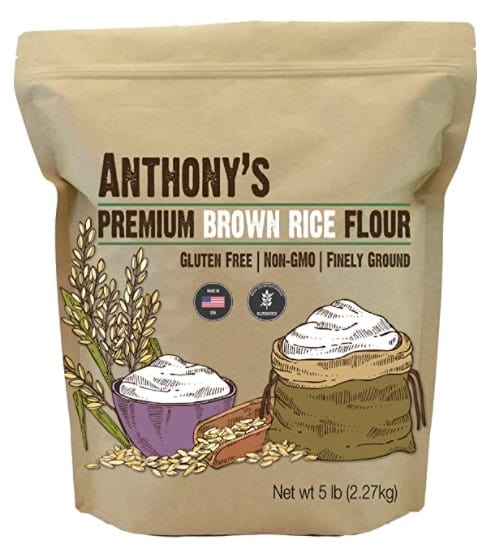
Rice flour is really popular in many parts of Asia, and it can be used to make a broad variety of meals. You can substitute it in for coconut flour quite easily. It can stand in for a greater amount of coconut flour, and use it alone or in a mixture of other flours, too.
When using rice flour, you can use white or whole grain. White rice flour is closer in appearance and texture to white flour, with a finer texture and a softer consistency. This is thanks to the removal of the grain from the rice before milling, whereas whole grain rice flour is made from the entire grain.
Brown rice flour, made from the whole rice grain, is more like whole wheat flour. It has a distinctively nutty flavor, with a higher amount of fiber, and more character than white rice flour.
You should use three times as much rice flour as you would coconut flour when using it as a substitute.
5.Flax Meal
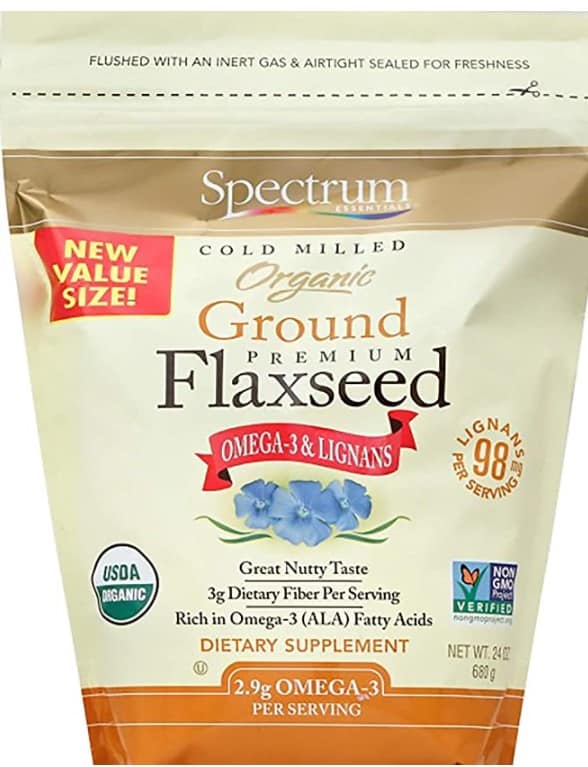
It is nutritionally very different from coconut flour, but it can still be an effective substitute.
Flax meal can substitute for coconut flour as well as for the egg in baking. Flax meal’s relatively high volume of oil allows it to work as both flour and fat in a lot of recipes. It’s a great addition for vegans or people who aren’t eating eggs.
This higher level of oil also gives flax meal a high level of protein and omega-3 fatty acids. These are very good for you and will be a welcome inclusion in your diet. Accordingly, even though flax meal is different from coconut flour, it’s a great substitution from a health perspective.
To use flax meal as a substitute for coconut flour, we recommend combining it 50/50 with almond flour.
You can use flax meal on its own, however, but it will require you to adjust your recipe. When you have to make a lot of changes to a recipe, there comes a point at which you’re simply preparing a different dish. With that said, you’ll need to use 3 times as much flax meal as you would coconut flour, and take liquids and eggs totally out of the recipe.
Conversion Chart
| Coconut Flour | Almond Flour | Cassava Flour | Soy Flour | Rice Flour | Flax Meal |
| ¼ cup | 1 cup | 1 cup | ½ cup | ¾ cup | ¾ cup |
| ⅓ cup | 1 ⅓ cup | 1 ⅓ cup | ⅔ cup | 1 cup | 1 cup |
| ½ cup | 2 cups | 2 cups | 1 cup | 1 ½ cups | 1 ½ cups |
| 1 cup | 4 cups | 3-4 cups | 2 cups | 3 cups | 3 cups |
Coconut flour does not work well as a like-for-like substitute compared to wheat flour or all-purpose flour. Coconut flour’s high absorption rate means you’ll need to seriously alter any recipe to use regular flour instead.
Coconut flour has more carbs and lower fats than almond flour, and fewer calories per ounce. However, almond flour is higher in vitamins and minerals.
If you want to lower your carbs, coconut flour is a great choice. For nutrient density, we recommend almond flour. Ultimately, they’re both great options.
You sure can! Simply take dried coconut flakes and throw them in the blender until they’re reduced to a fine powder. You can spread this out on a dehydrator sheet, processing your ground coconut until it reaches the desired consistency.
10 Best Substitutes for Teff Flour
The Best Ponzu Sauce Substitutes
10 Substitutes for Horseradish
15 Simple Substitutes for Celery
The Best Corn Flour Substitutes
Substitutes for Dried Porcini Mushrooms


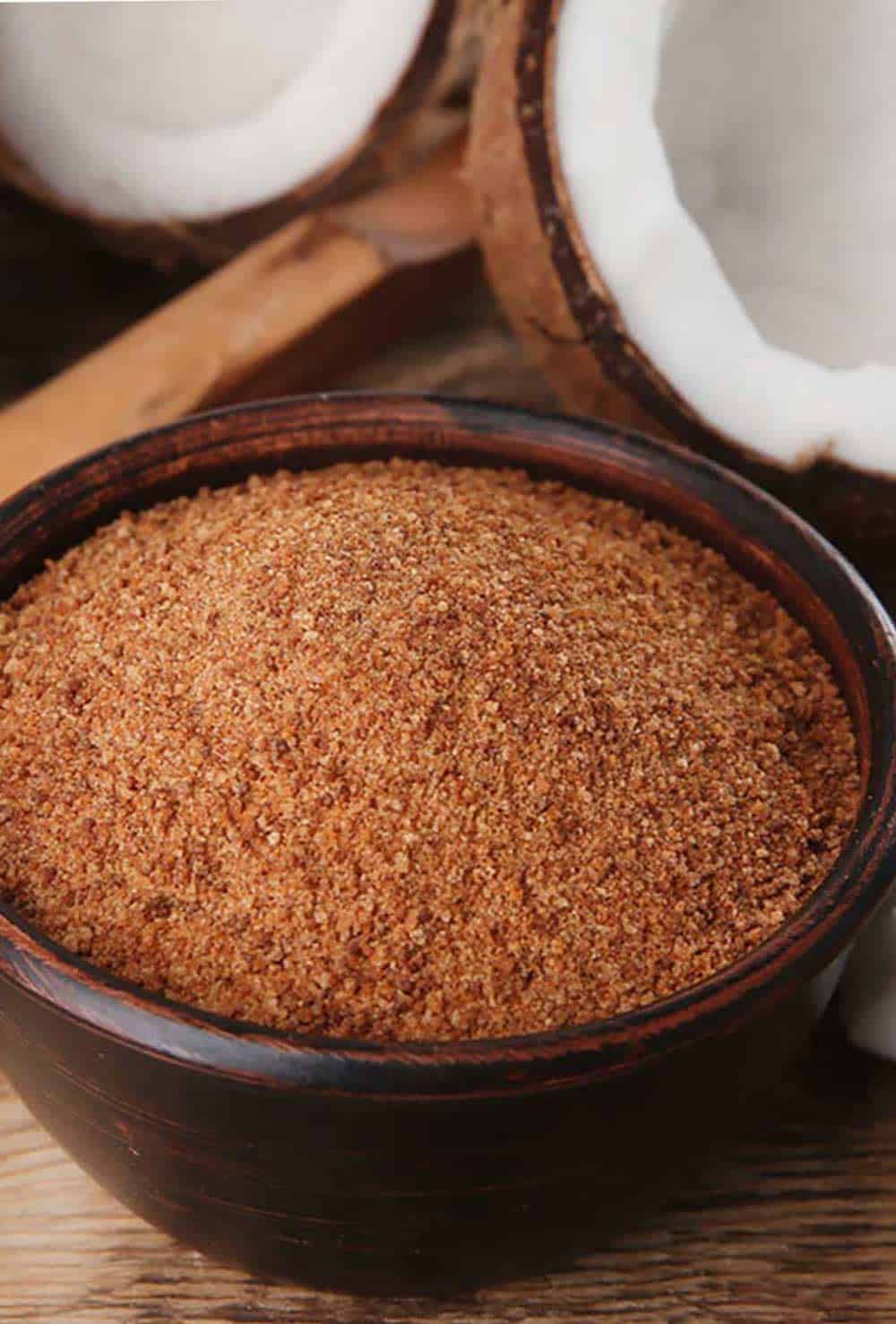
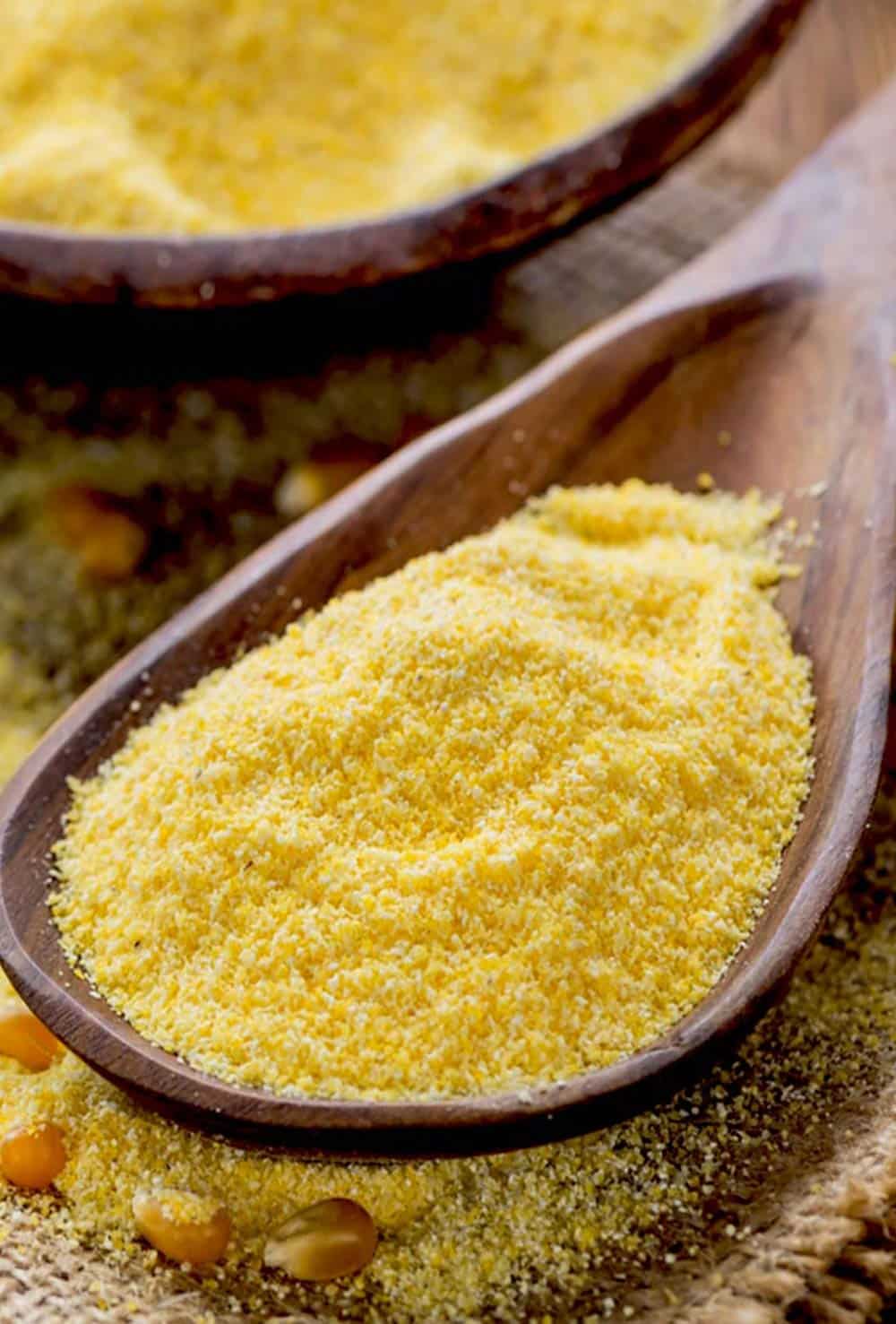
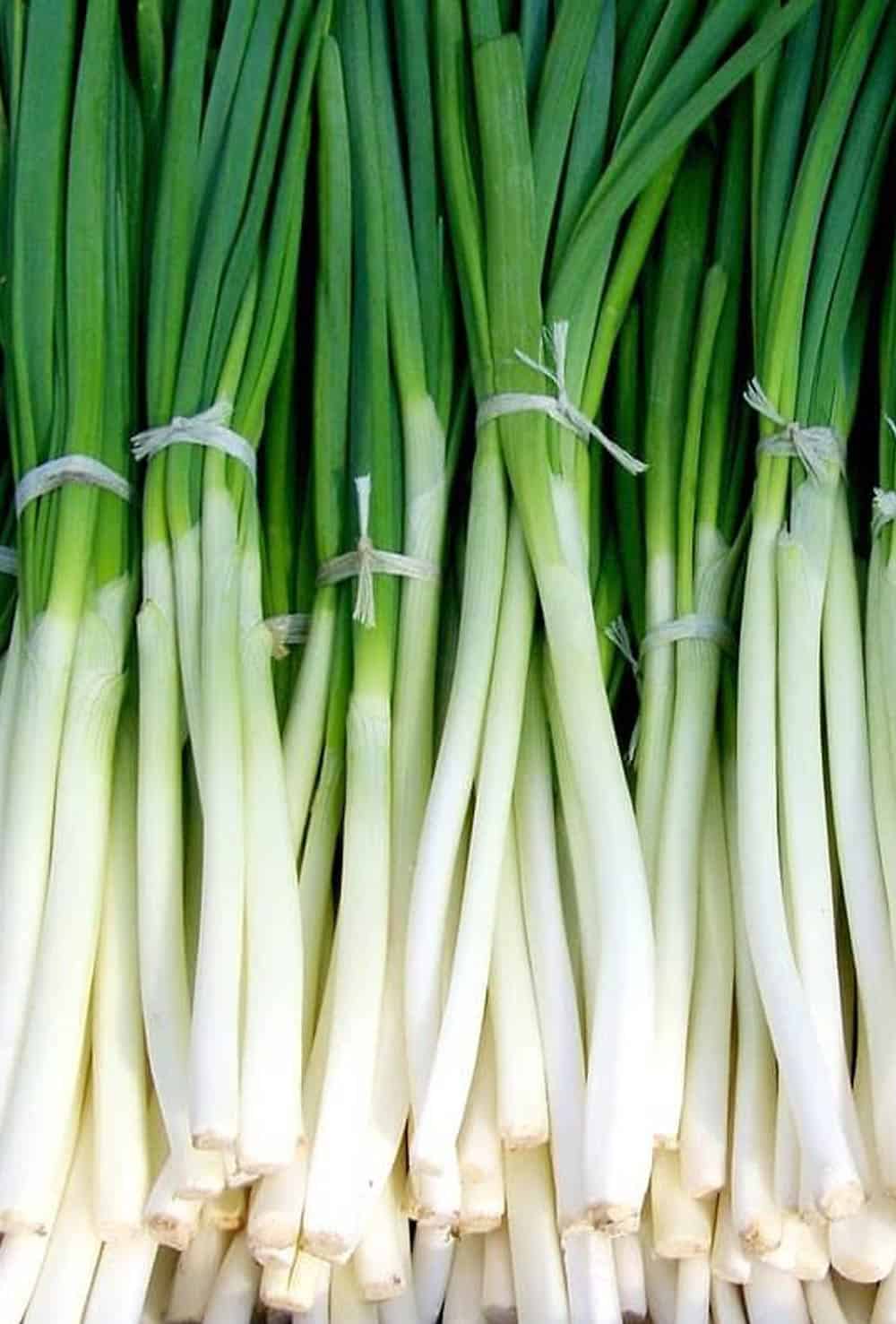
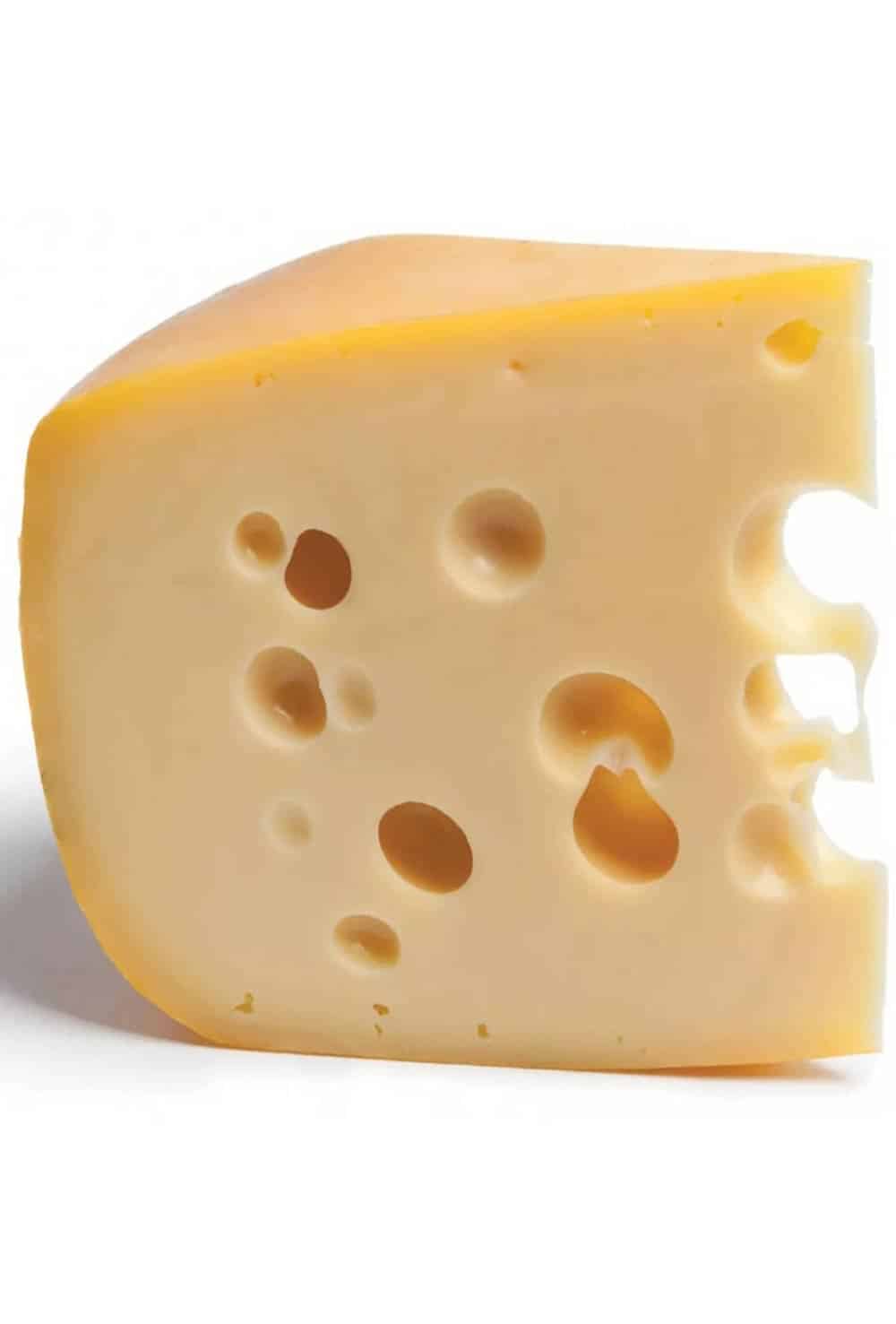
Leave a Reply